FAQs
Here you’ll find a compilation of the most frequently asked questions. If there’s something you want to know which isn’t here, please send an email to info@hertsroofingnj.com


We are a licensed and insured roofing and siding company, providing top-quality installation, repair, and replacement services to protect your home with durable, long-lasting materials.
As a trusted NJ roofing company, we know the stress of finding roof damage after a storm or heavy rain. Cracks, leaks, and water stains on your ceiling are clear signs your roof needs attention. But with so many options, choosing the right contractor can feel overwhelming.
That’s where we come in. We can inspect you roof. We’re more than roofers—we’re a team that understands your home is your sanctuary. With expert care, clear communication, and a commitment to quality, we make the process stress-free and deliver results you can trust.
Your home deserves the best. Let’s protect what matters most—together.
Meet Our Professional and Expert Roofers and Book the Appointment online for quality and professional roof contractor Services. WE GOT YOUR BACK!
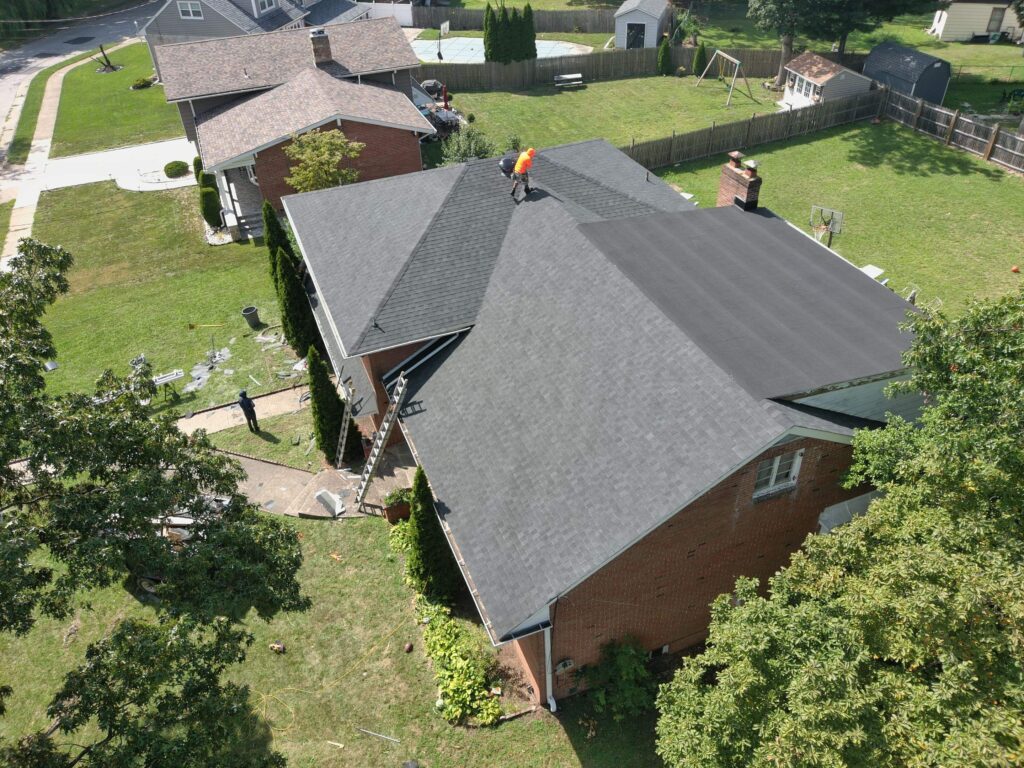
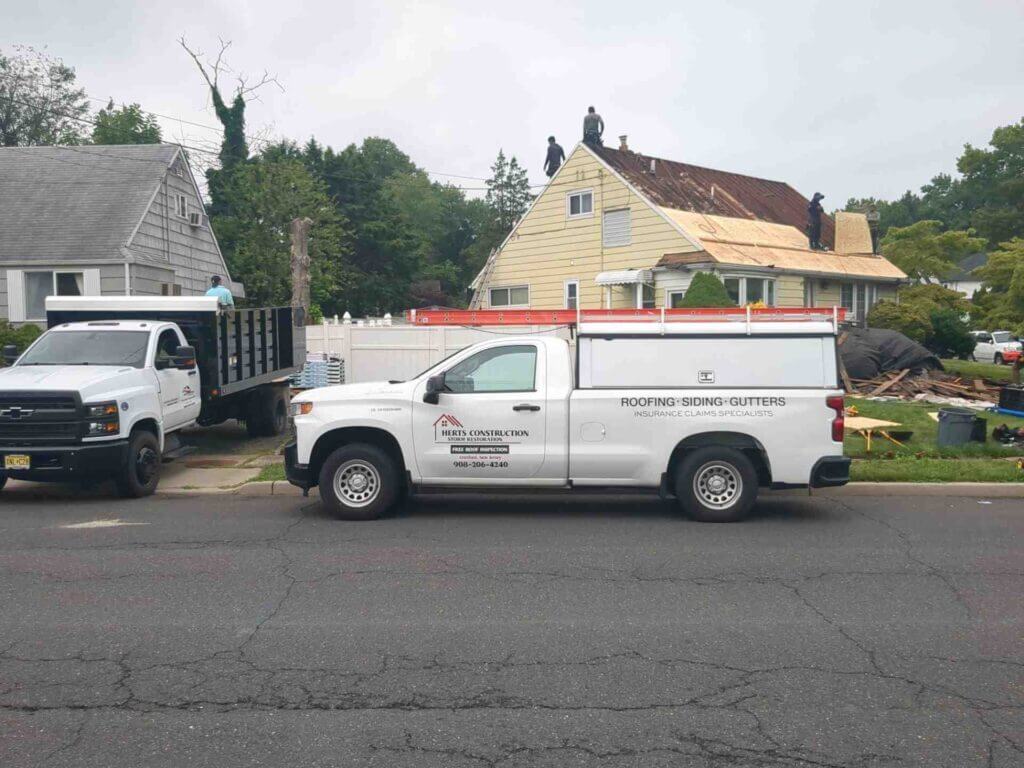
Every residential service we offer at Herts Roofing & Construction is backed by our commitment to customer satisfaction and quality, including:





Trust Herts Roofing & Construction as your NJ Roofing Contractor for reliable, high-quality roofing solutions designed to protect your home for years to come.
As a trusted NJ roofing contractor, we specialize in roof replacement and installation with a complete roofing system designed for maximum protection and durability. Our expert team ensures your home is safeguarded from severe weather with top-tier materials and advanced roofing techniques.
We work with a variety of roofing materials, including:
Our skilled NJ roofing professionals ensure high-quality craftsmanship and long-lasting protection for your home.
Deciding between roof repair and roof replacement depends on several factors, including the extent of damage, the age of your roof, and cost considerations. Here’s how to determine the best option:
If you’re unsure, an inspection from a NJ roofing contractor can help assess the condition of your roof and recommend the best course of action.
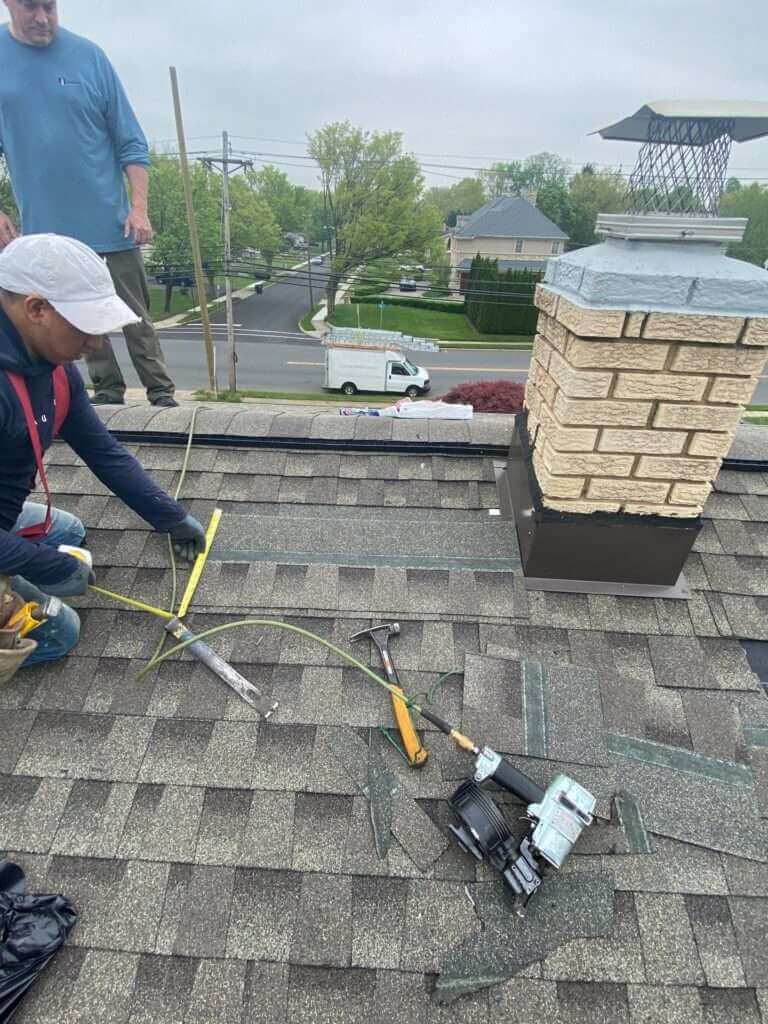
Reliable Roof Repair Services by a Trusted NJ Roofing Contractor
Don’t let a small roof leak turn into a costly repair. As a trusted NJ roofing contractor, we provide fast, reliable roof repair services to protect your home from leaks, storms, and wear. Our expert team ensures seamless repairs that restore both function and appearance.
Signs of Roof Damage:
Why Quick Roof Repairs Matter
Ignoring minor issues can lead to wood rot, mold, and expensive replacements. Timely roof repairs help extend your roof’s lifespan and protect your home.
For expert roof repair in NJ, contact us today to schedule an inspection.
Regular roof inspections are crucial for maintaining your home’s protection and preventing costly repairs. As a leading NJ roofing contractor, we provide thorough inspections to identify issues like leaks, damaged shingles, and structural concerns before they escalate. Annual inspections ensure your roof remains in peak condition, giving you peace of mind.
When you schedule a roof inspection, our experts conduct a detailed evaluation, checking for:
A professional roof inspection can extend your roof’s lifespan and help avoid unexpected expenses. Contact us today to schedule an inspection and keep your roof in top shape!
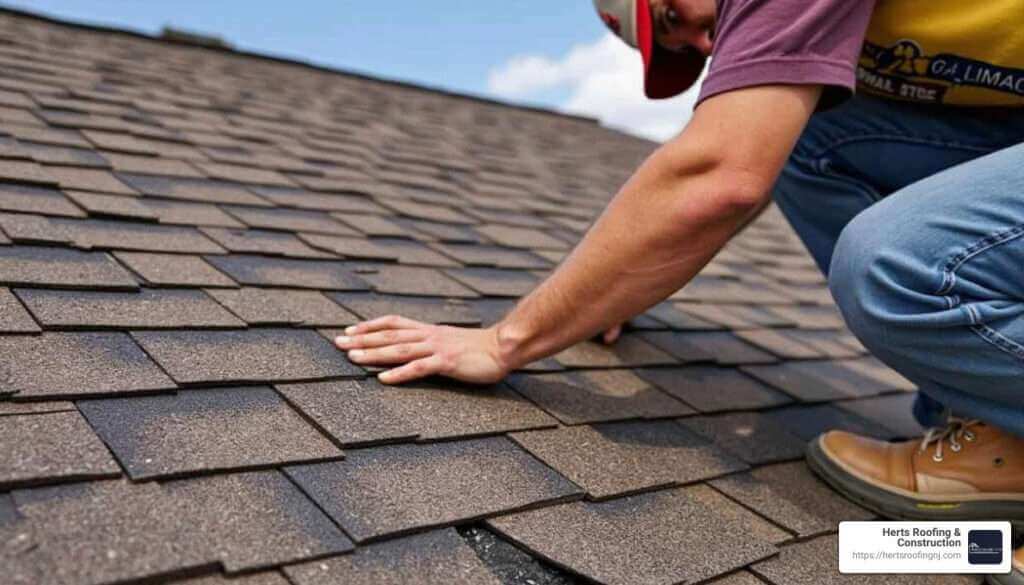

Your gutters play a crucial role in protecting your home from water damage, foundation issues, and roof leaks. As a leading NJ roofing contractor, we provide gutter repair and replacement services to ensure proper drainage and prevent costly structural damage.
Don’t ignore failing gutters—protect your roof and foundation with professional gutter repair or replacement. Contact us today for an inspection!
Enhance your home’s curb appeal, energy efficiency, and protection with expert siding installation. As a leading NJ roofing contractor, we provide high-quality siding solutions that shield your home from harsh weather, moisture, and pests while improving insulation and durability.
Upgrade your home with expert siding installation for a long-lasting, weather-resistant finish. Contact us today for a consultation!
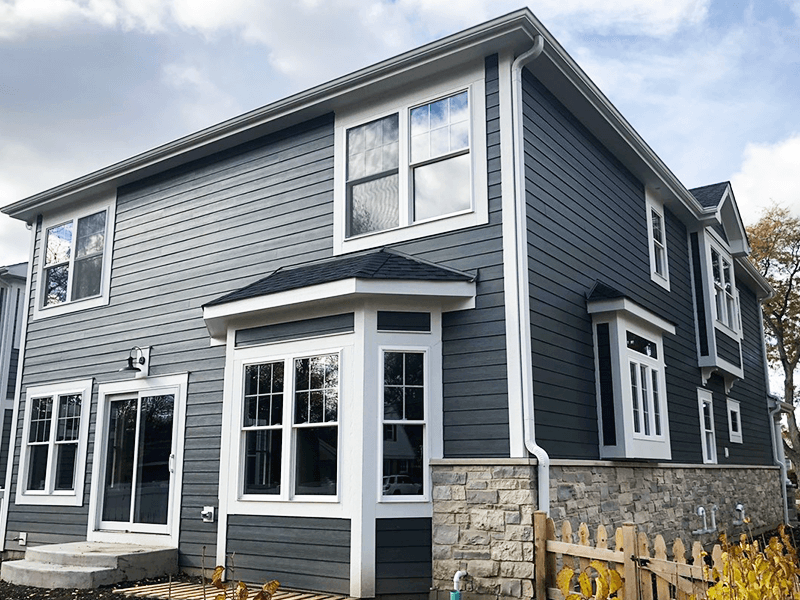
Get a striking look unmatched
by any other brand
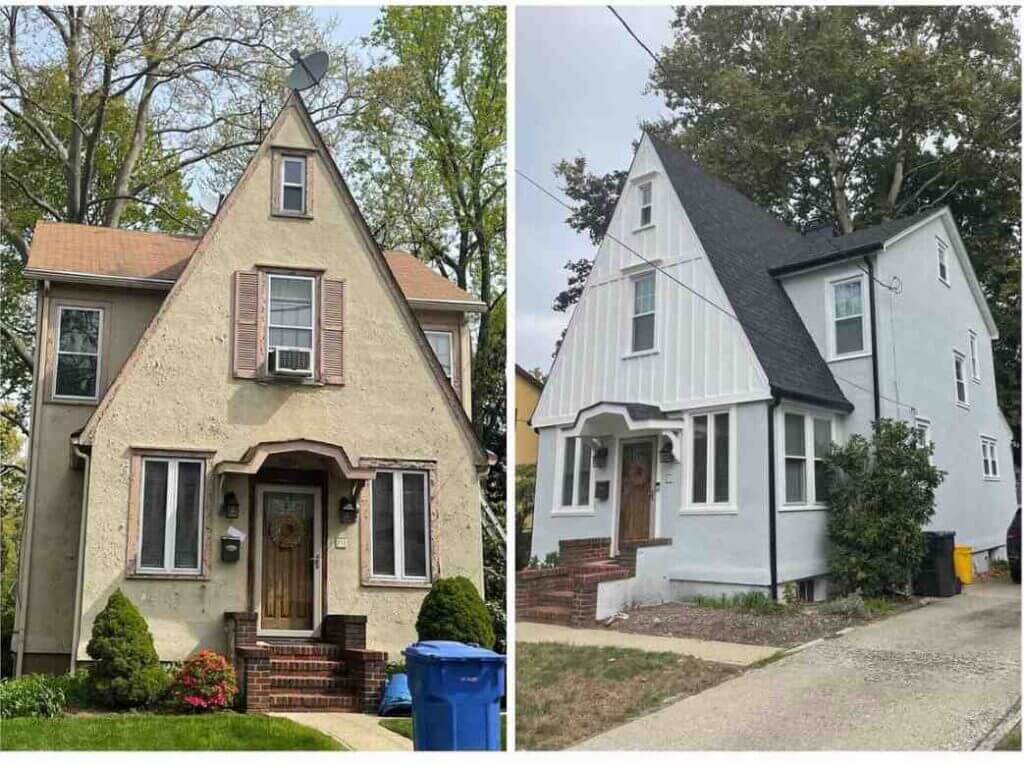
John A. bought a new home in a great area, however the roof had not been replaced in a few decades!
It was showing severe signs of age, and he noticed some water stains on the ceilings, so he knew it was time for a new roof. Our crew started removing the old roofing shingles at 8am, and were finished installing the new roof by 7pm.
$10-17K
Open Gable
1 Day
Owens corning Duration
Cities We Served in New Jersey
As a NJ Roofing Contractor, we are a licensed, insured, and GAF & Owens Corning Certified roofing company. Any lower quote would reflect a compromise of quality either with installation or materials – either way, it’s not worth taking a big risk on a long-term investment that protects your home.


© Herts Roofing & Construction 2024